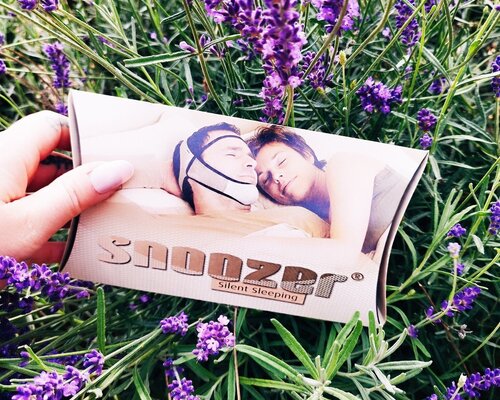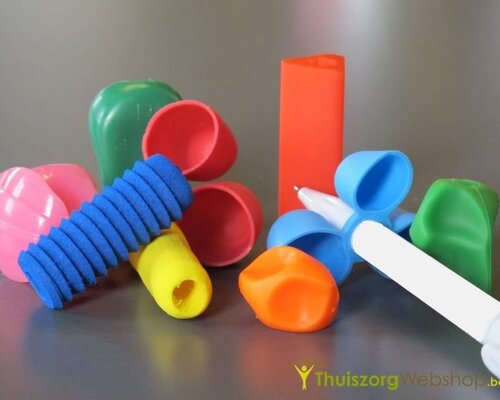In this article, we will take a closer look at the characteristics of sensory processing challenges. We will explore how children with these challenges perceive their environment differently and how this may affect their behavior and interactions.
In addition, we will look at two key aspects of sensory processing: hypersensitivity and hypersensitivity to stimuli. Both extremes can present unique challenges, and understanding these differences is essential to effectively supporting these children.
Furthermore, we will also discuss how parents, educators and professionals can help children with sensory processing difficulties. Understanding each child's individual needs and providing appropriate support can make a world of difference in their daily lives.
Whether it's creating an appropriate environment, providing targeted exercises or applying therapeutic interventions, the possibilities for helping these children thrive are extensive. Let's explore together how we can support these children to better cope with the sensory challenges they face.
What are the characteristics of a sensory processing disorder or problem?
In this article, we will also first take a closer look at the nature of sensory processing to shed more light on this.
What does sensory processing entail?
Sensory information, or stimuli, includes the sensory impressions we as humans experience from our environment and our own bodies. Individuals with autism process sensory information differently than those without autism. Normally, those without processing problems have the ability to unconsciously filter different stimuli. In autism (and also in ADHD), this filter works less effectively or is even missing. As a result, people with autism can become more easily overwhelmed by stimuli.
When we talk about stimuli, we mainly mean the information we receive through our eight senses: touch, hearing, vision, balance, body position, movement, sense of one's own body and internal signals.
How can you recognize a sensory processing disorder?
Children and adults with sensory processing problems have difficulty processing sensory impressions. In them, information often comes in too strong and unfiltered, but it can also happen that sensory information is actually difficult to perceive. It is also possible for both situations to occur.
Both hypersensitivity and hypersensitivity are characteristics of problems with sensory processing.
What is meant by hypersensitivity?
When sensory information processing functions well, this process filters incoming stimuli, allowing a child to concentrate well on schoolwork, for example, while other information remains in the background. However, when the filtering system does not work well, it allows all (even unimportant) sensory stimuli in.
The abundance of stimuli, such as sounds, visual crowds and internal cues, can overload the brain, resulting in overstimulation in the child (also known as "sensory overload"). This phenomenon is often associated with autism.
Characteristics of hypersensitivity:
- A quickly activated sense of balance
- Hypersensitivity to movement; slight movements or changes in posture can cause strong reactions
- Avoiding wild games and physical activities
- Sensitivity to touch; touches, hugs and certain clothing are perceived as unpleasant
- Sensitivity to sound; any sound, no matter how small, is noticed
- Sensitivity to visual stimuli; small details are quickly perceived, which can cause distraction
What is meant by hypersensitivity?
Hypersensitivity is less well known. In this case, the sensory filter is so tightly tuned that few stimuli pass through, or are noticed too late. As a result, someone who is hypersensitive may have difficulty paying attention, may exhibit busy behavior, have difficulty sitting still and sometimes seeks out more intense stimuli on their own, also referred to as a "stimulus seeker.
Characteristics of hypersensitivity:
- An impaired ability to perceive balance stimuli
- Little response to tactile stimuli; touches are barely noticed
- Less sensitive to auditory information; sounds are more difficult to process
- Slow processing of visual information; delay in perceiving visual stimuli
- Need for intense exercise and physical activity
- Difficulty noticing dangerous situations
How can you help a child with sensory processing problems?
Effective sensory processing is essential for play, learning, concentration and general daily functioning. When a child is over- or under-sensitive to certain stimuli, several problems can arise. A normal stimulus may then trigger a defense response or, on the contrary, be barely noticed.
As examples:
- Hearing: Hypersensitivity to sound can lead to distraction, hyperactivity and difficulty concentrating.
- Touch: Hypersensitivity to touch can cause discomfort with clothing and touch, while hypersensitivity can lead to clumsiness and lack of body awareness.
- Balance: Hypersensitivity can make wild games unpleasant, while under-sensitivity leads to a need for intense movement.
It is important to provide tailored support for these children to help them better cope with their sensory experiences and improve their daily lives. This may include targeted exercises, therapeutic interventions and environmental modification to minimize over- or under-stimulation.





